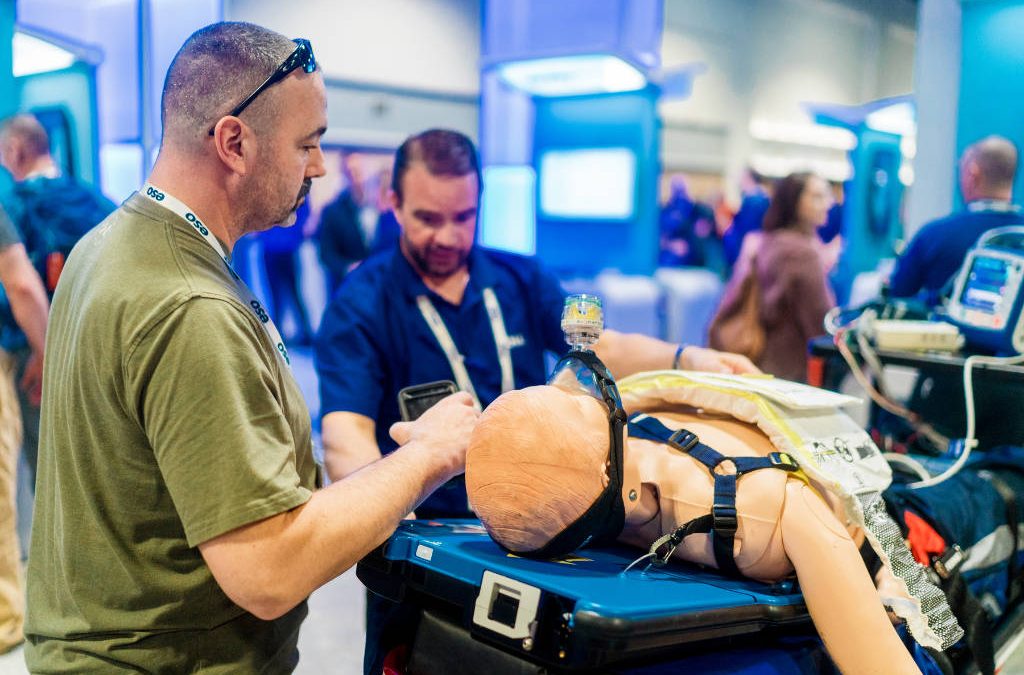
Prevention and Control Recommendations for Patients with COVID-19
Guidance from the U.S. Centers for Disease and Prevention, current as of March 10, 2020.

Guidance from the U.S. Centers for Disease and Prevention, current as of March 10, 2020.
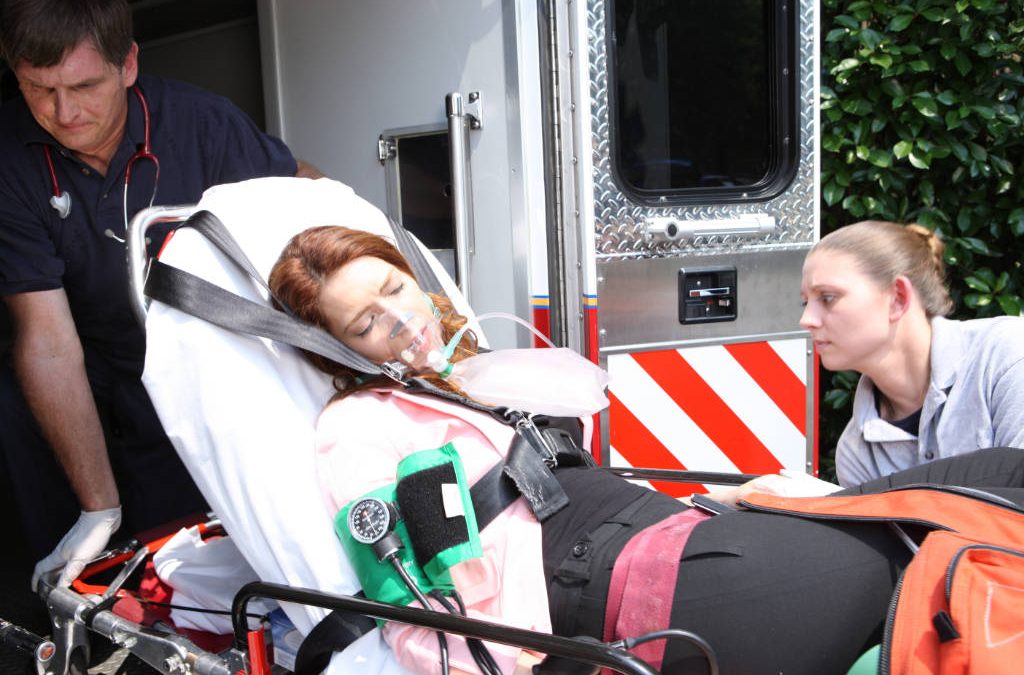
This paper provides an overview of pulmonary hypertension in the prehospital setting, including pathophysiology and identification.
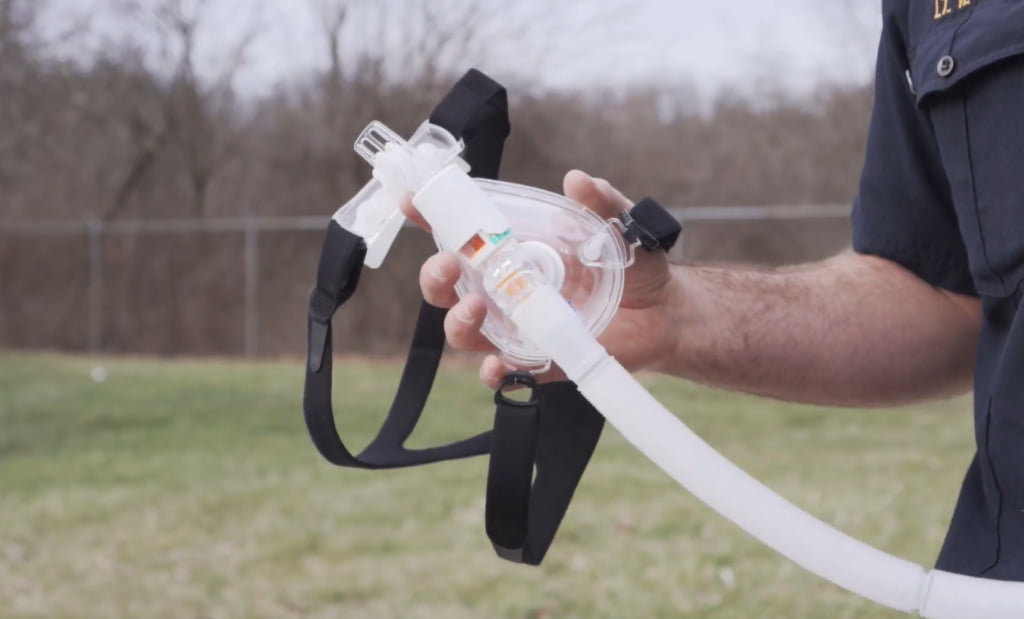
Medics in Westerville, Ohio have partner with Nationwide Children’s Hospital to receive pediatric CPAP equipment.
Pulmodyne, Inc. is now the U.S. Exclusive Master Distributor of the Naso-Flo®, and the new Naso-Flo2® product line.
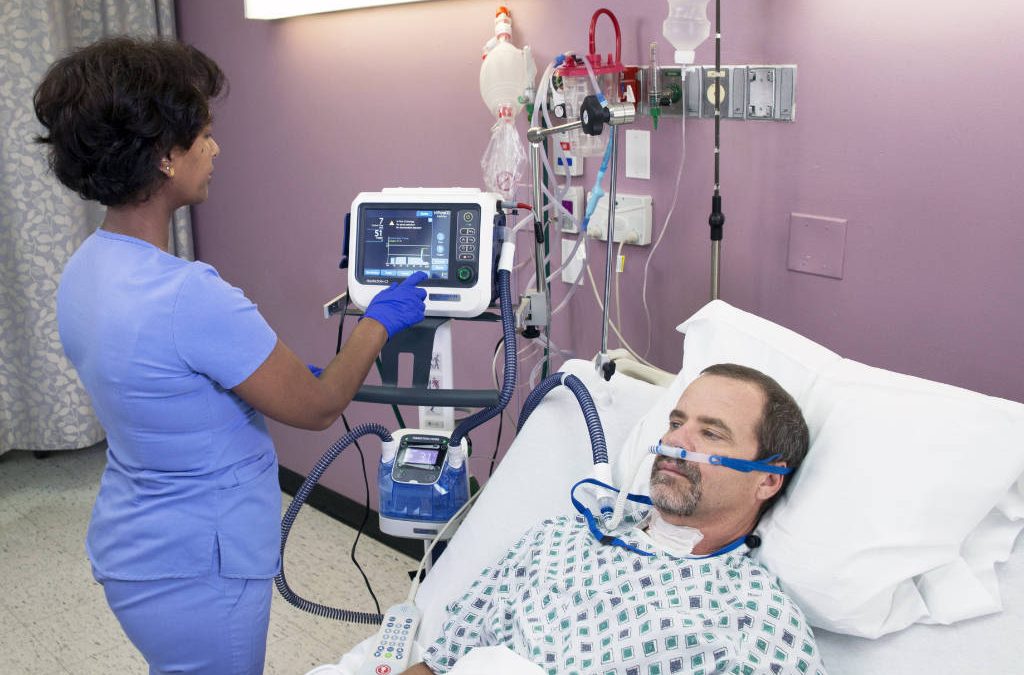
Why the early application of high-flow nasal cannula in the appropriate patient population is an ideal way to meet the patient’s inspiratory flow demand.

Acute respiratory distress is a serious emergency. Good patient outcomes require a skilled assessment of the airway, breathing and oxygenation.
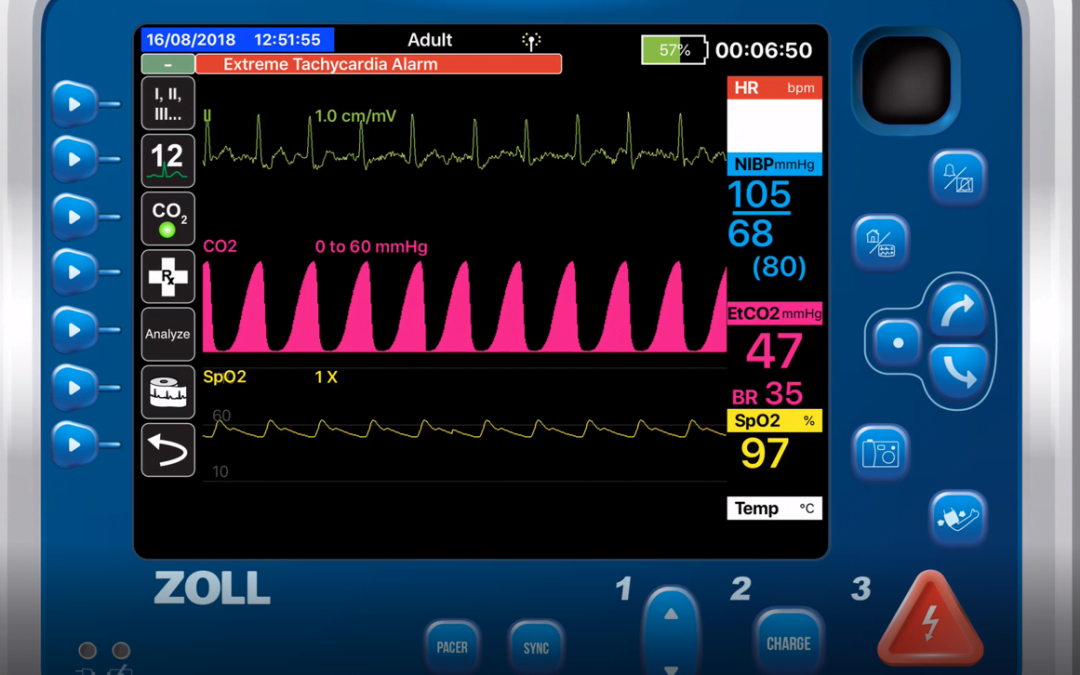
This column will explain how you can use end tidal CO2 measurements to titrate and evaluate the effectiveness of CPAP.

Years ago, I authored an article in the Wisconsin EMS Association Journal titled “CPAP for Everyone.” At that time, “everyone” meant “everyone with respiratory distress.”

Knowing how much oxygen is in the tank could be a matter of life and death.
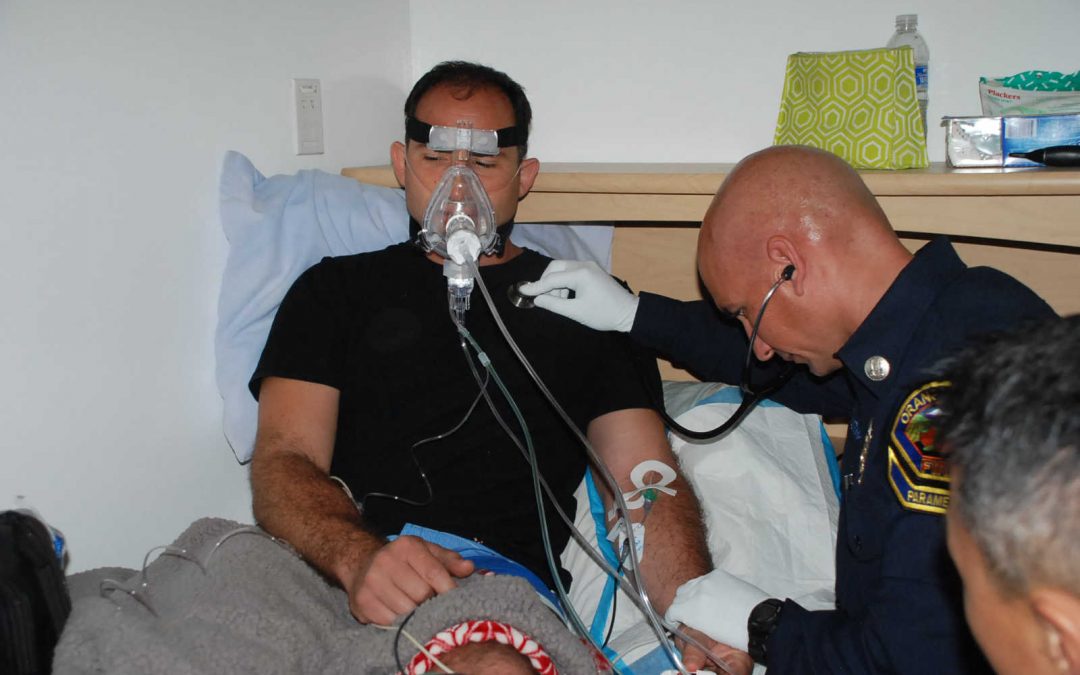
As a kid growing up in Fort Worth, Texas I had little interest in ambulances or medicine. I do remember one thing about the ambulances in the late 1960s in that they always had signs on the side that stated “oxygen equipped” in big letters.
Recent Comments